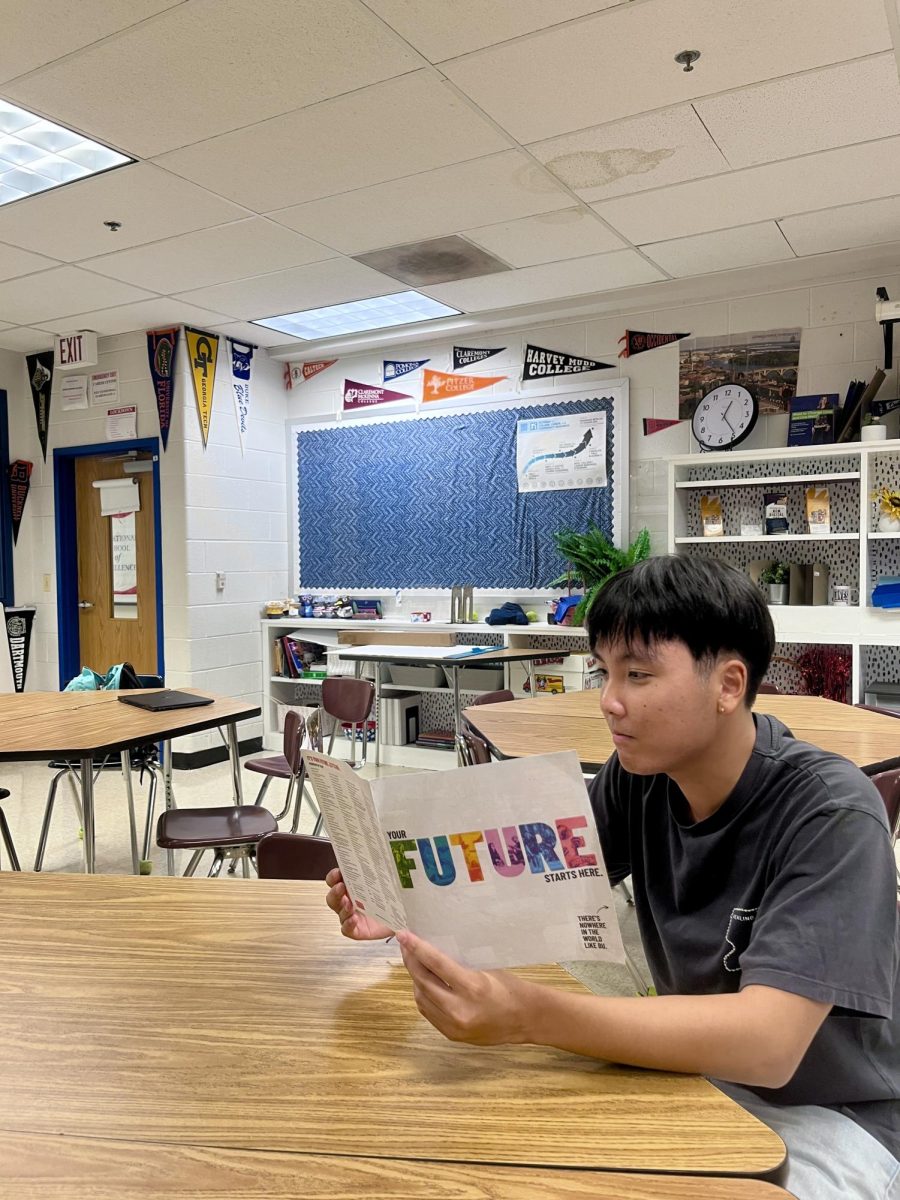36.8%. This is the percentage of colleges that waitlisted me this admissions cycle. To be exact, I was waitlisted by Brown, Duke, UPenn, WashU, Swarthmore, Vanderbilt and GW. At this point in my senior year, I honestly wish these schools simply rejected me.
In the regular decision round, a university can deliver a student one of three decisions: an acceptance, a waitlist or a rejection. If placed on the waitlist, a student must indicate whether they want to accept or decline their spot on the waitlist through a quick form. After that, most students write a letter of continued interest, or an LOCI, to affirm their interest in the school and share any updates to their application, such as extracurriculars, grades or awards, that occurred after submitting the regular decision application at the beginning of January.
An important aspect of the waitlist to note is that students typically do not begin hearing back from waitlist schools until after the May 1 commitment deadline, as schools want to see how many spots they need to fill for the upcoming school year. As a result, students who want to attend schools they have been waitlisted at still have to commit to another school by May 1.
Once a school reaches out to a student about getting off the waitlist, the student typically has one to two weeks to accept or decline the offer before they move on to the next student. Students have heard back from their waitlist schools as late as July in previous years, a mere month before fall semester begins. If they decide to accept the offer, they lose their deposit, typically around $200.
This year, I read the sentence, “After a careful review of your application, the Admissions Committee has placed you on our waiting list for admission this fall” seven times. Each time, my reaction varied. The first school I was waitlisted from was WashU, or Washington University at St. Louis. I remember feeling overjoyed and so proud of myself for being waitlisted, as the school had already accepted two students from this high school during the early decision round and only has around a 12% acceptance rate.
Next was Swarthmore, a small liberal arts school with a 7% acceptance rate. After opening this decision at 12:30 a.m., I was also ecstatic. I remember thinking to myself, “wow, a school as prestigious as Swarthmore doesn’t think I’m an automatic rejection and thinks I could honestly be good enough to attend.”
But then, they continued. One after another, every decision was a waitlist. By the time I got to my last college decision on Mar. 31, Duke, I said to my mom, “I’d be happy with anything, just not another waitlist.” I was tired of not getting a definitive answer from these colleges for whom I had spent so many hours writing essays and perfecting my application.
I did end up committing to University of Maryland College Park on a full ride, an excellent option. Even though I never had a dream school, Duke and Brown, schools I was waitlisted at, have always been top choices for me. So now, as I go through my senior year, I’m constantly plagued by thoughts about what I would do if I got off the waitlists for these schools. If I found out I got into Duke in the middle of June, after attending orientation for my current school, would I go? Would I uproot my entire college situation like that? Would I turn down a full scholarship to my state school to pay six figures at a prestigious university?
I was taught to take waitlists as a rejection, but it’s difficult to do so, knowing that there’s always that small possibility that I get off. Deciding where to commit for college was difficult enough as someone so indecisive; knowing that my life for the next four years could completely change based on one email in the middle of June scares the living daylights out of me. All I can do is go through senior year committed to the college I currently plan to attend, and a small part of me just hopes that I don’t get off of my waitlists so I don’t need to make any decisions. I’ve made enough decisions this year.


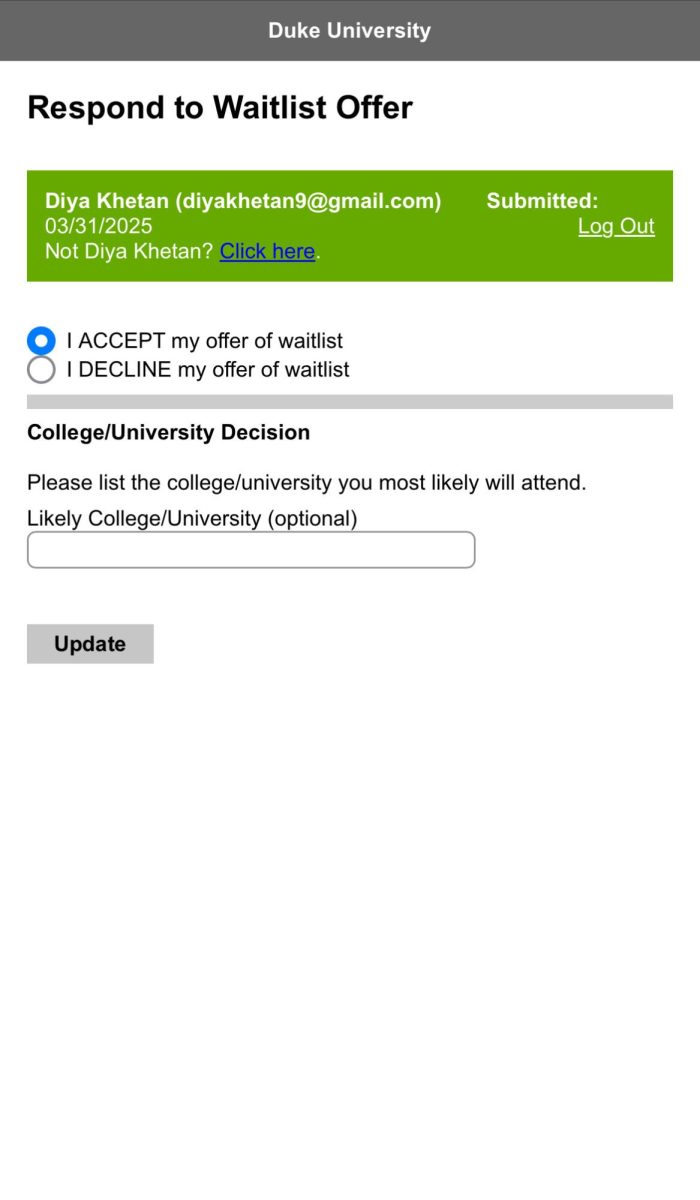
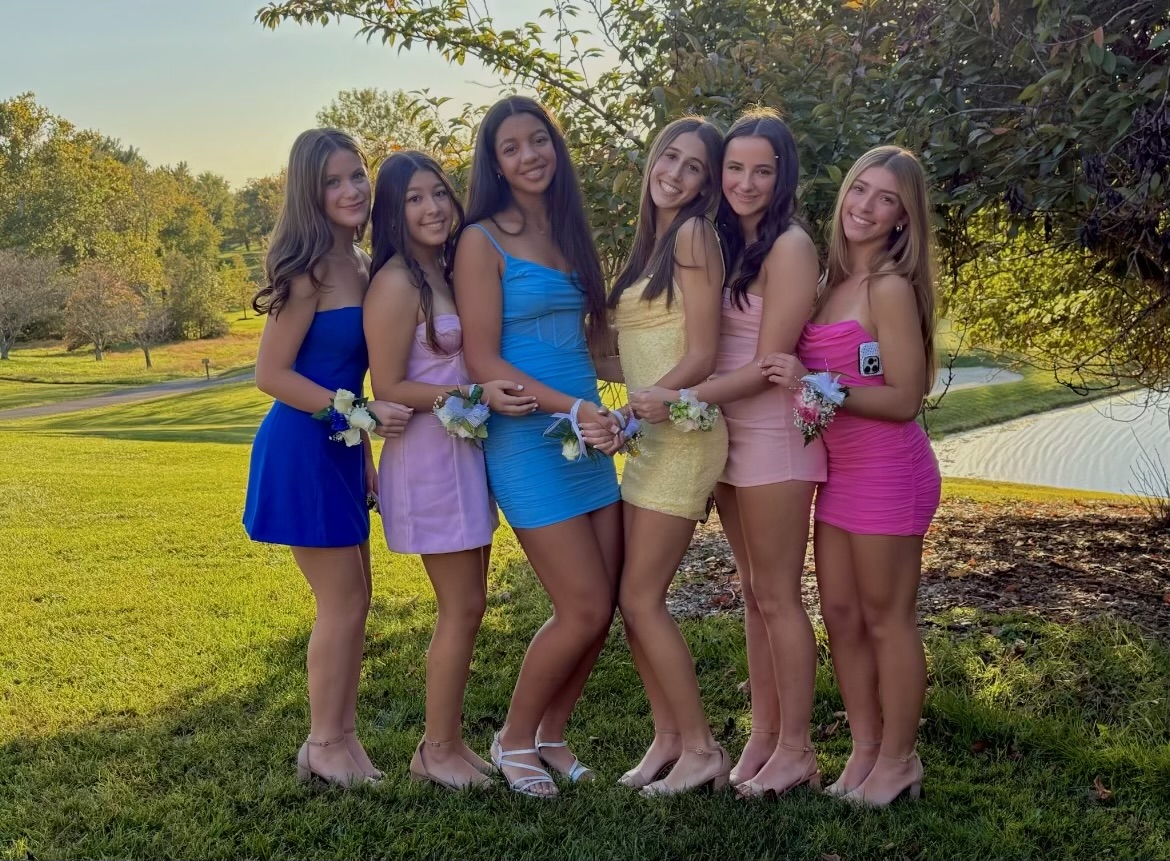
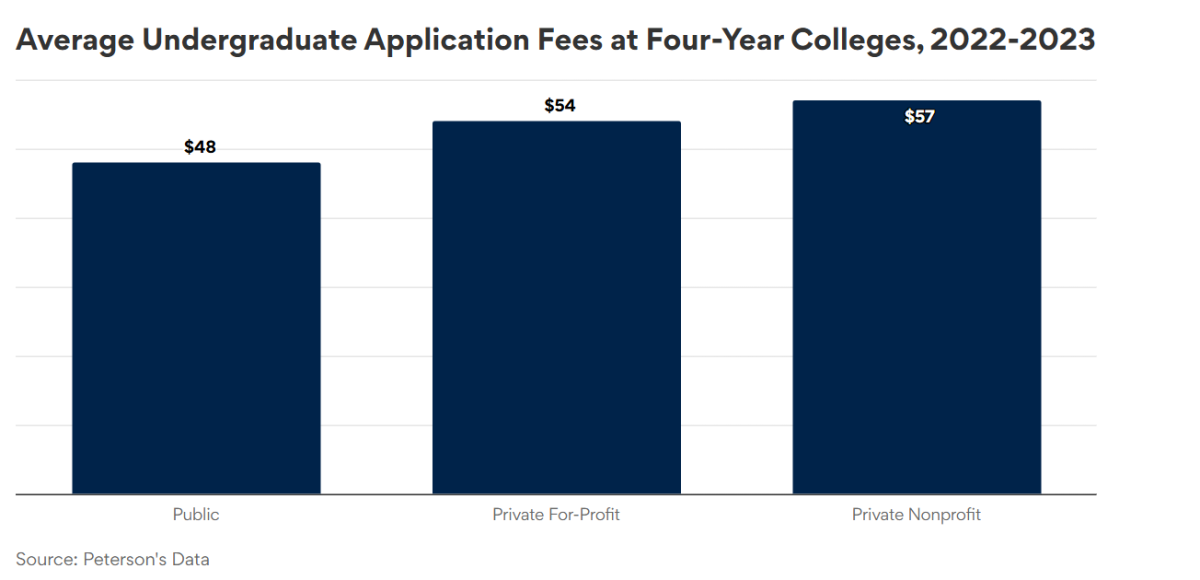
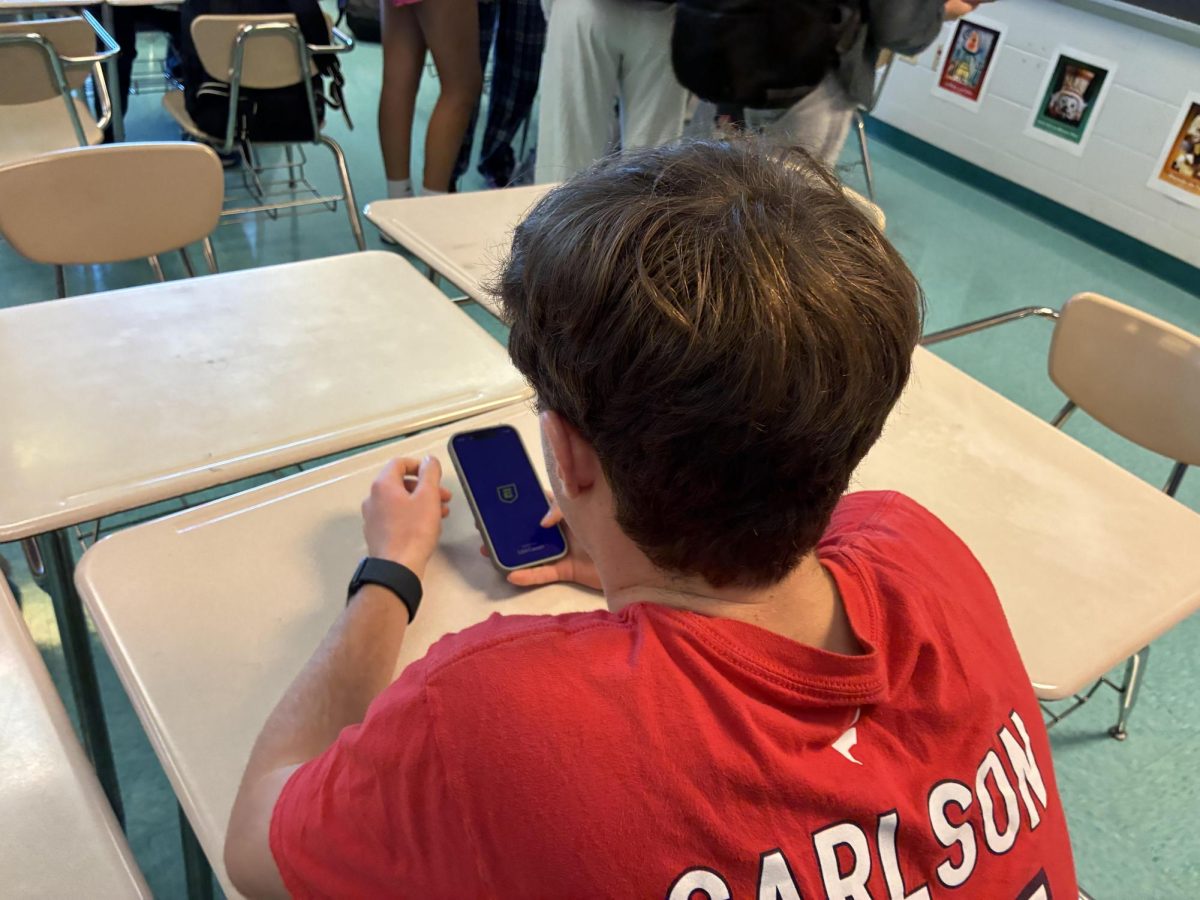
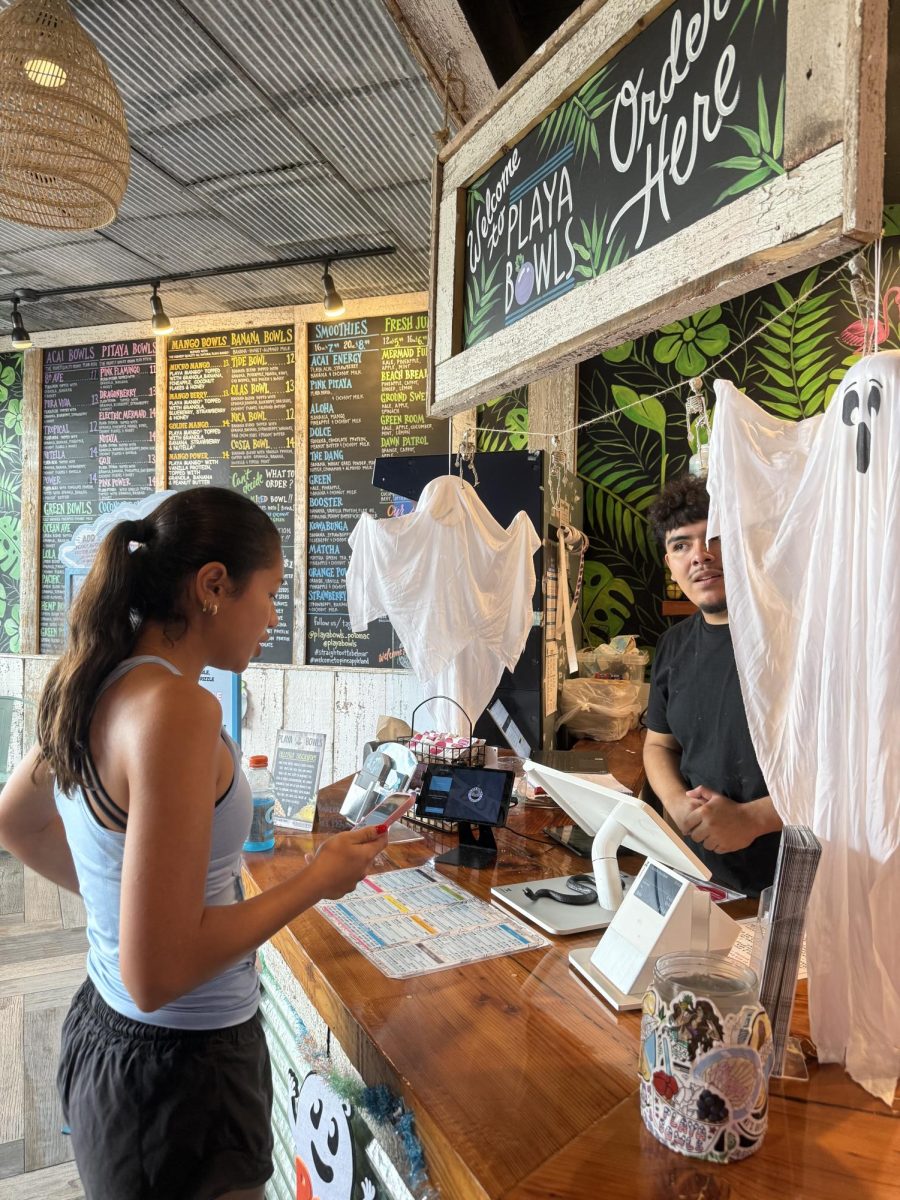
![Editors-in-Chief Ahmed Ibrahim, Helen Manolis, Cameron Cowen, Alex Grainger, Emory Scofield, Hayley Gottesman, Rebekah Buchman and Marley Hoffman create the first print magazine of the year during the October press days. “Only a quarter of the schools in MCPS have programs that are like ours, a thriving, robust program. That makes me really sad. This is not just good for [the student journalists] to be doing this, it’s good for the entire community. What [student journalists] provide to the community is a faith in journalism and that continues for their lifetimes," Starr said.](https://woottoncommonsense.com/wp-content/uploads/2025/10/wmpoFTZkCPiVA3YXA4tnGoSsZ4KmnKYBIfr18p3l-900x1200.jpg)
